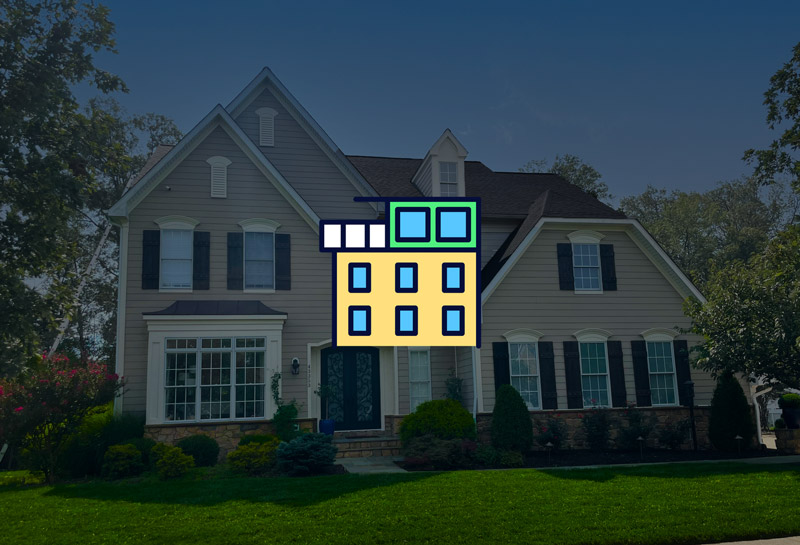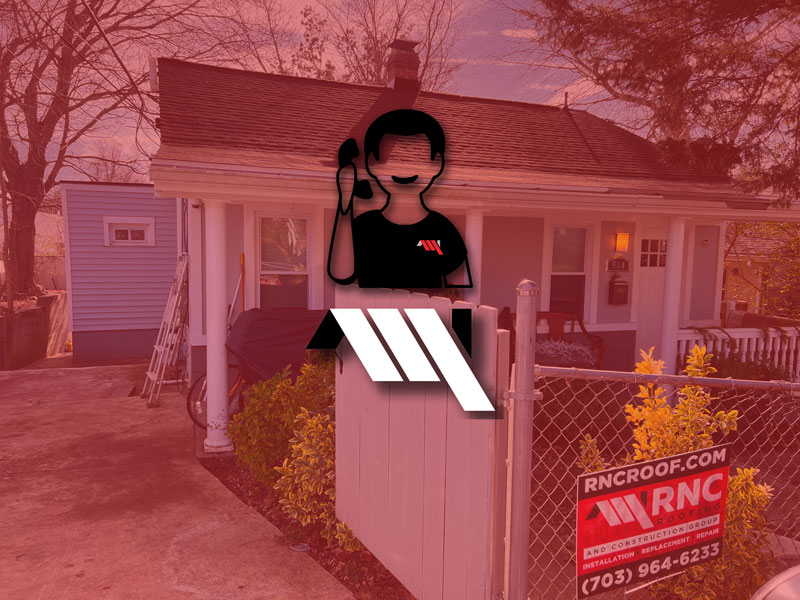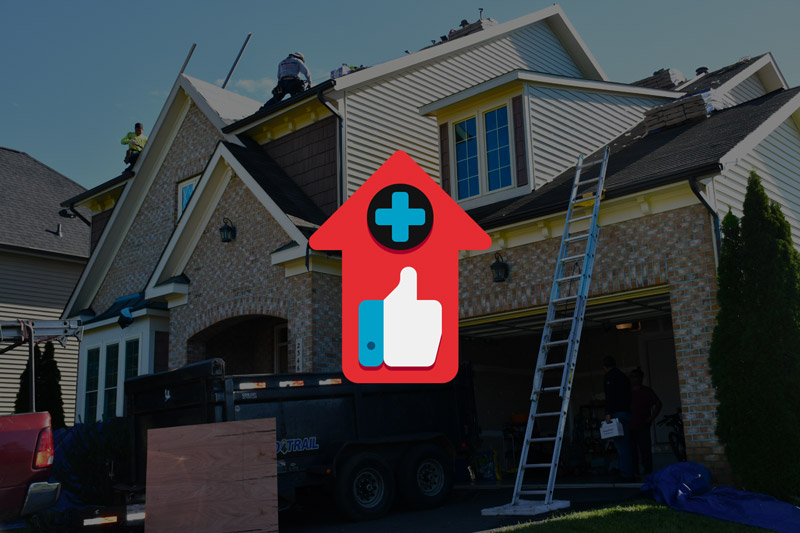Flat Roof Maintenance Essentials: Longevity and Care
Understanding the differences between flat roofs and sloped roofs is crucial. Flat roofs lack the natural water shedding capability of sloped roofs, making them more susceptible to water accumulation and leaks. Additionally, their minimal slope can lead to challenges in water drainage. Being aware of these distinctive features empowers you to tailor your maintenance strategies accordingly.

Key Components of Flat Roof Systems
Exploring Flat Roof Materials
When delving into flat roof maintenance, understanding the diverse materials used is paramount. These materials play a pivotal role in determining the roof’s performance and lifespan. Common options encompass built-up roofing (BUR), single-ply membranes, and modified bitumen. Each material has distinct qualities that influence its durability, cost-effectiveness, and resistance to environmental factors.
Pros and Cons of Different Materials
A closer examination of these materials reveals a range of advantages and drawbacks. Built-up roofing offers exceptional durability but may be heavier and require more maintenance. Single-ply membranes provide flexibility and ease of installation, yet they can be vulnerable to punctures. Modified bitumen strikes a balance, offering enhanced resilience and longevity. Selecting the ideal material hinges on factors such as budget, climate, and intended use.
Adapting to Climates and Conditions
The choice of roofing material must align with the prevailing climate and conditions. In regions prone to extreme heat, reflective roofing materials can mitigate heat absorption, reducing energy costs. In areas experiencing heavy rainfall, materials with excellent waterproofing capabilities are essential to prevent leaks. Remember, proper material selection is the bedrock of efficient flat roof maintenance.
Role of Insulation, Drainage, and Coatings
Maintaining flat roof integrity transcends material selection. Adequate insulation ensures energy efficiency by regulating temperature and preventing heat loss. Effective drainage systems are crucial to avoid ponding water, which can lead to premature deterioration. Roof coatings provide an extra layer of protection, guarding against UV rays, water infiltration, and general wear.

Best Practices for Preventive Maintenance
Keeping Your Flat Roof Clear
Regular flat roof maintenance starts with keeping it debris-free. Clearing away leaves, sticks, and other debris prevents clogs that can hinder proper drainage. Clogged drainage pathways can lead to ponding water, which accelerates roof deterioration. By maintaining a clutter-free surface, you’re taking a proactive step to preserve your roof’s integrity.
Mitigating Ponding Water
Ponding water is a common concern for flat roofs, often stemming from inadequate drainage. Address this issue promptly to avoid potential consequences. Consider adding slight slopes to facilitate water runoff or installing drains to redirect excess water. These strategies not only prevent water-related damage but also contribute to the overall longevity of your roof.
Seal, Flashing, and Seam Inspection
Leak prevention is a cornerstone of effective flat roof maintenance. Regularly inspect seals, flashings, and seams for signs of wear, cracking, or separation. These areas are common entry points for water infiltration. Ensuring tight seals through prompt repairs and replacements minimizes the risk of leaks, subsequently extending the life of your roof.
Proactive Approach to Minor Issues
Minor issues may seem inconsequential, but they can quickly escalate into major problems if left unaddressed. Make a habit of documenting and promptly addressing any observed issues, even if they appear minor. Timely repairs prevent further deterioration and potential water infiltration, safeguarding the structural integrity of your flat roof.

Seasonal Care and Maintenance
Spring Maintenance for Your Flat Roof
As the winter thaw gives way to spring, it’s time to embark on essential flat roof maintenance routines. Begin by conducting a thorough inspection for any damage incurred during the cold months. Look out for cracks, blisters, and other signs of wear caused by freezing temperatures and heavy snow. Resealing seams that might have been compromised ensures a tight barrier against water infiltration. Additionally, clear away debris that has accumulated over the winter, preventing potential clogs in drainage systems.
Summer Precautions to Preserve Your Roof
The scorching summer months come with their set of challenges for flat roofs. Shield your roof from the harsh effects of ultraviolet (UV) rays by considering reflective coatings. These coatings not only protect against UV radiation but also help mitigate the expansion and contraction of roofing materials caused by temperature fluctuations. By taking these measures, you’re safeguarding your roof against premature deterioration and minimizing the need for repairs.
Fall Preparation: Ready for Winter
As autumn leaves begin to fall, it’s time to prepare your flat roof for the impending winter. Clearing leaves and debris is crucial to maintaining unobstructed drainage pathways. Clogged drains can lead to ponding water, accelerating wear on your roof. Check drainage systems for any blockages, ensuring efficient water runoff. While at it, make any necessary repairs identified during your inspection. This proactive approach prevents minor issues from escalating into major headaches during the winter months.

DIY vs. Professional Maintenance
When it comes to flat roof maintenance, property owners often wonder whether to take matters into their own hands or seek professional assistance. Each approach has its merits, and understanding the line between DIY tasks and tasks best left to professionals is crucial.
Handling Maintenance Tasks Yourself
Flat roof maintenance offers some tasks that homeowners can tackle on their own. These include:
- Regular Inspections: Routine visual checks for visible damage, pooling water, or debris accumulation.
- Cleaning: Removing leaves, debris, and dirt from the roof’s surface and drainage systems.
- Small Repairs: Addressing minor cracks, blistering, and simple patching.
Engaging in these tasks can be cost-effective and help you stay in tune with your roof’s condition. However, remember that even seemingly small issues can escalate if not addressed promptly. Moreover, it’s vital to maintain safety measures while working at heights and to have the appropriate tools and materials.
Knowing When to Call a Professional
Certain aspects of flat roof maintenance are better left to experienced roofing contractors due to their technical nature and potential risks involved. Consider involving professionals for:
- Complex Repairs: Significant cracks, membrane damage, or leaks that require specialized repair techniques and materials.
- Full Inspections: Hiring a professional for annual or bi-annual thorough inspections to identify hidden issues.
- Advanced Maintenance: Coating application, structural assessments, and addressing underlying problems.
Professional roofers possess the expertise to diagnose problems accurately and perform repairs that adhere to industry standards. They have access to specialized tools and materials, ensuring a high-quality and lasting solution.

Long-Term Benefits of Flat Roof Maintenance
Savings through Preventive Care
Investing in regular flat roof maintenance proves to be a strategic move that can save you a substantial amount of money in the long run. By addressing minor issues early on, you prevent them from escalating into major, costly repairs. This approach eliminates the need for emergency fixes, which tend to come with a hefty price tag. In essence, consistent maintenance acts as a financial safeguard against unexpected expenses, allowing you to allocate your resources more efficiently.
A Greener and More Efficient Future
Flat roof maintenance doesn’t only benefit your wallet; it also contributes to the energy efficiency of your building. Well-maintained roofs with intact insulation and seals ensure that your property remains well-insulated, reducing the strain on your heating and cooling systems. This not only translates to lower utility bills but also a smaller carbon footprint, as you’ll consume less energy to maintain a comfortable indoor environment.
Adding Value to Your Investment
Beyond immediate financial gains, well-maintained flat roofs play a pivotal role in boosting the overall value of your property. When potential buyers or tenants see that a roof has been consistently cared for, they perceive it as a sign of responsible ownership and quality construction. A roof in excellent condition is a selling point that can set your property apart in a competitive market. In fact, studies have shown that properties with well-maintained roofs tend to command higher prices and attract more interest from prospective buyers.
View More Articles
Please Share!










